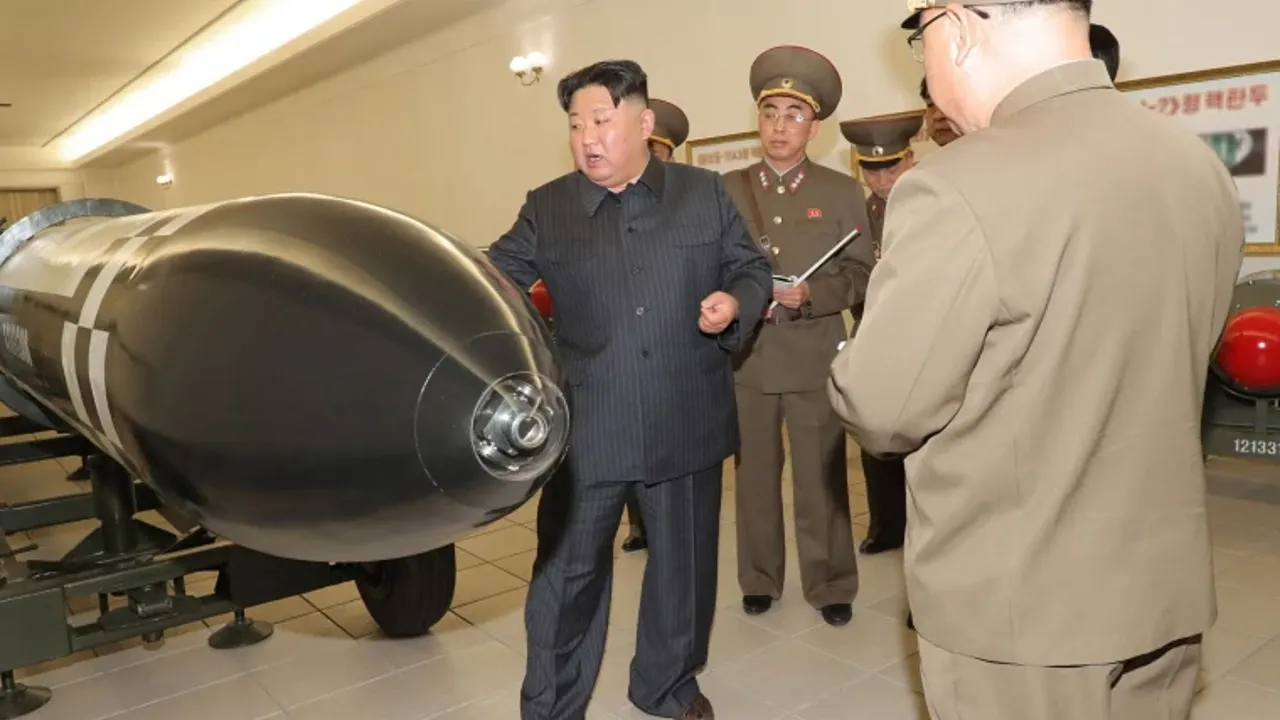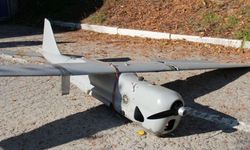In a written statement from the IAEA, IAEA President Rafael Mariano Grossi's assessments on the start-up of North Korea's second reactor at the disputed Yongbyon were included.
Grossi stated that they had previously observed increased activity in and around the Light Water Reactor at Yongbyon, and that in October, a strong discharge of water from the cooling system of the reactor in question was detected, and that these observations were consistent with the start of operation of the Light Water Reactor.
Pointing out that satellite and other remote observations show that the water coming out of the reactor is warm, Grossi said that this is an indication that the reactor is operating and that the reactor has even reached criticality, but stressed that Agency experts should have access to the facility in order to confirm the operational status of the reactor.
Grossi noted that the Light Water Reactor, like other reactors, could produce plutonium, which is a cause for concern.
"Regarding the safety of the Light Water Reactor, we do not have enough information to make an assessment," Grossi said, reminding that safety is always the most important issue when building a new reactor, which is the responsibility of states, and that the IAEA supports countries in this area.
"I reiterate that the further development of North Korea's nuclear program, including the construction and operation of the Light Water Reactor, is a violation of United Nations Security Council (UNSC) resolutions and deeply regrettable," Grossi said.
Grossi once again called on North Korea to cooperate with the Agency and warned that the DPRK must comply with UNSC resolutions and become a full and effective party to the Nuclear Non-Proliferation Treaty (NPT).
North Korea's controversial nuclear research center
North Korea's controversial Yongbyon Nuclear Research Center was built in 1965 with the help of the Soviet Union.
The so-called "6-Party Talks" - a group of South Korea, Japan, China, Russia, China, Russia and the United States to discuss North Korea's nuclear program - agreed to shut down the facility in 2007, but the Pyongyang administration announced in 2008 that the facility, which was planned to be completely destroyed due to the dispute between North Korea and the United States, would be revived in 2008.
In 2014, the IAEA announced that the first nuclear reactor at the facility was operational.













